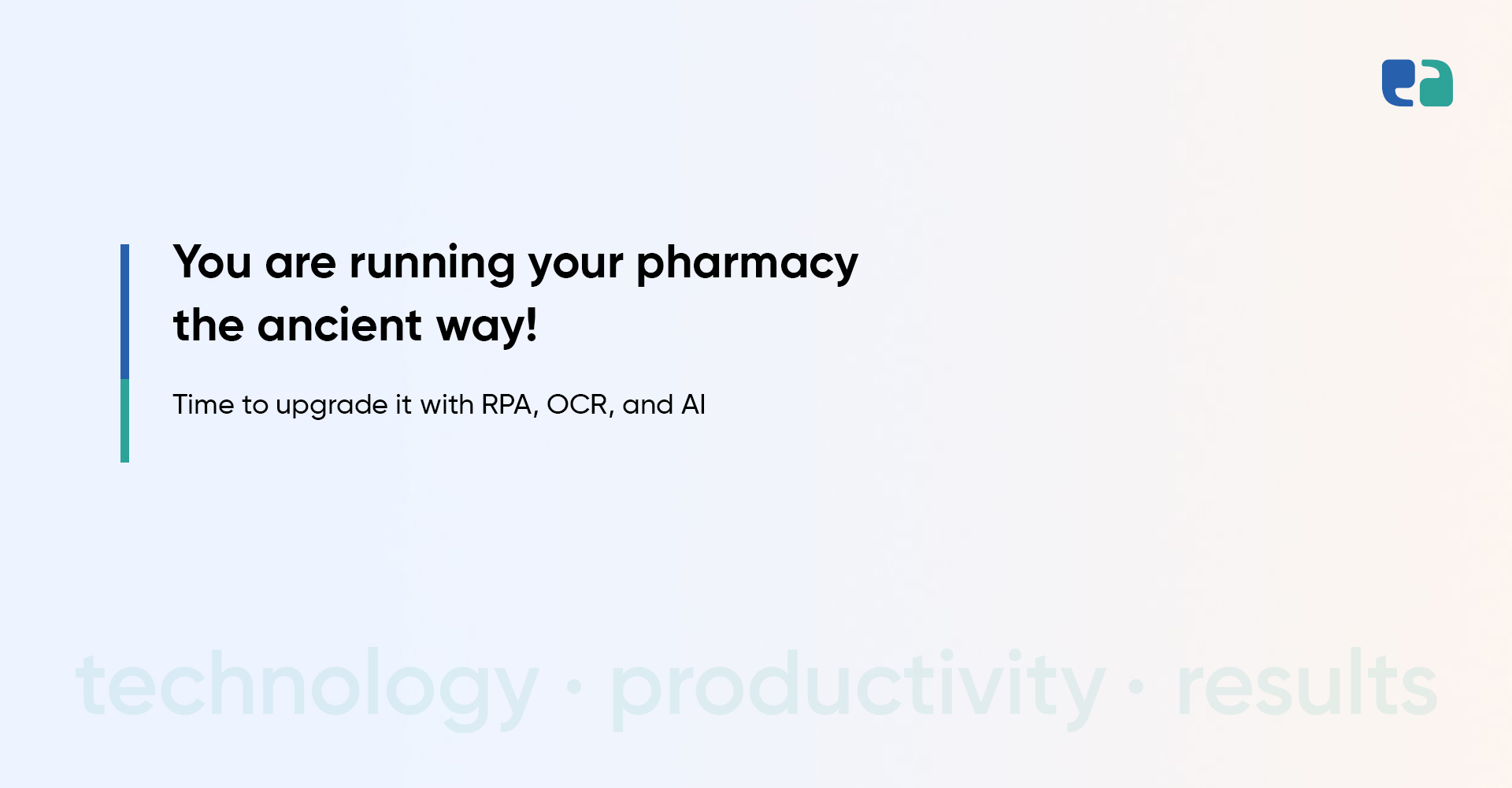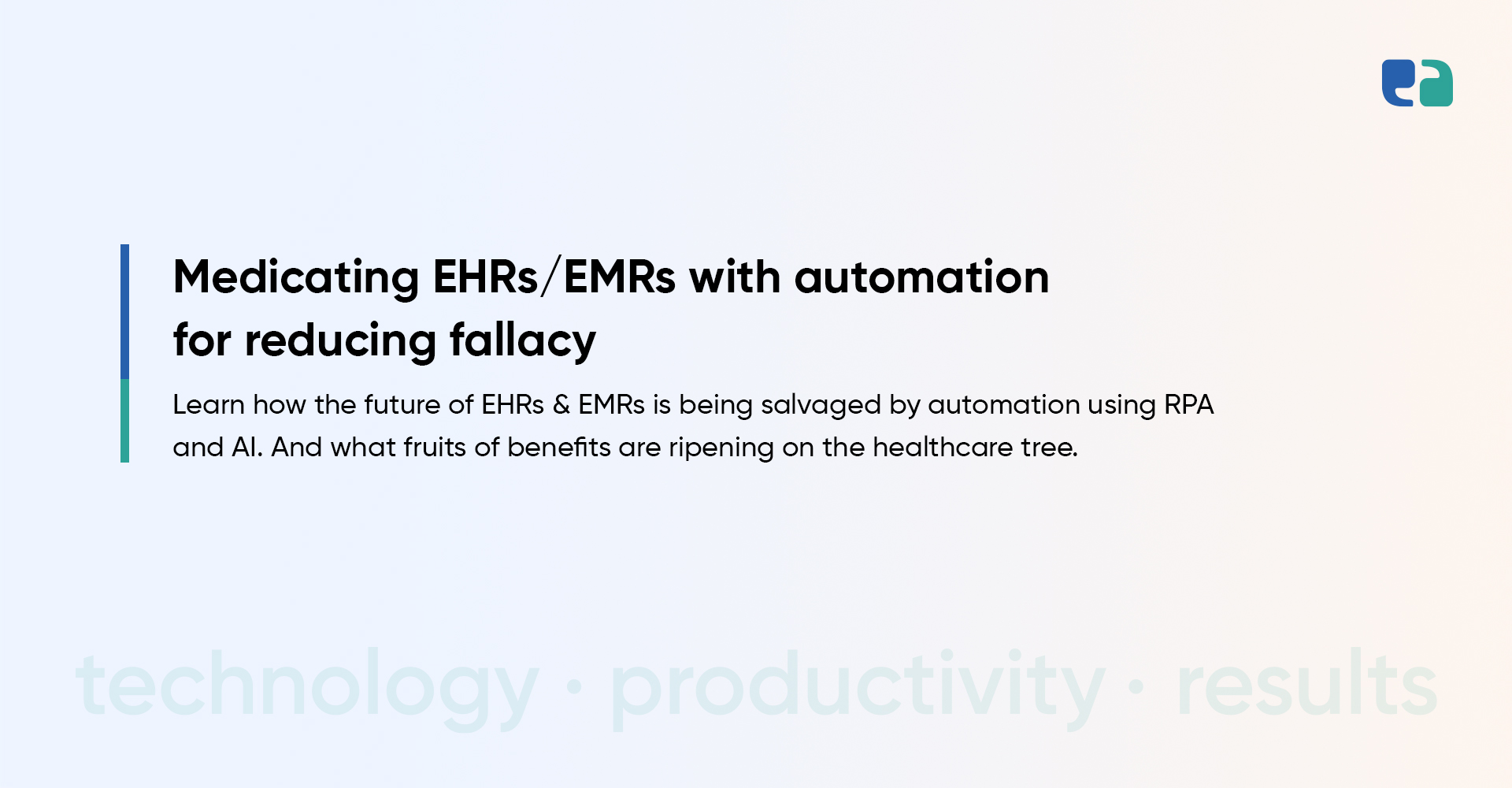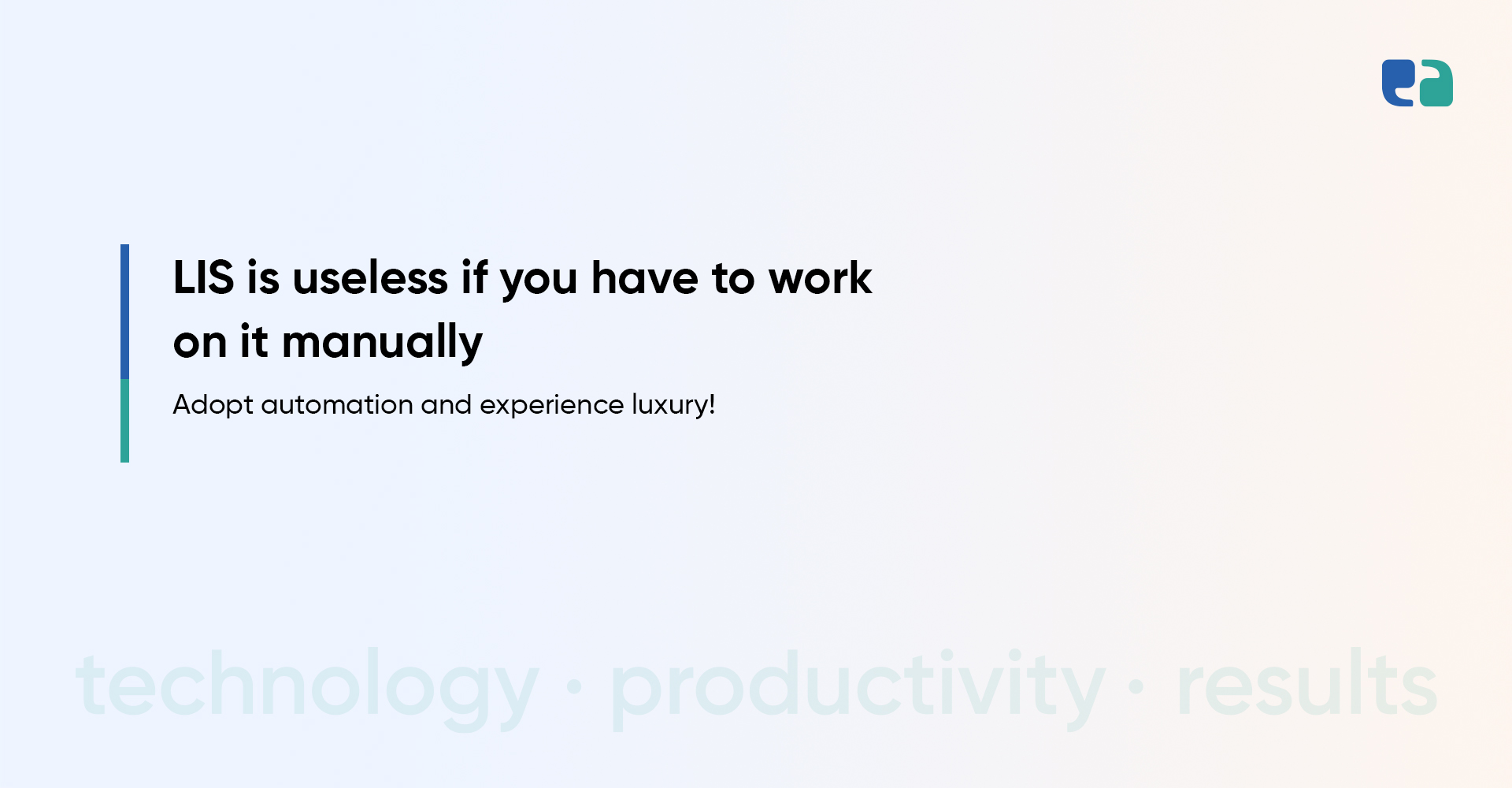Quick Summary: “Automation”, is a word that we are all familiar with its importance and benefits in the healthcare industry.
However, due to the COVID-19 pandemic, automation is widely taking place in the pharmacy sector to help both patients and pharmacies reduce the time-consuming process.
As per a recent survey, “The pharmacy automation market was valued at USD 4,697.67 million in 2021 and the market is expected to reach USD 6,983.16 million by 2027 at a CAGR of 7.8%”.
As the trend toward automation is evolving in the pharmacy, let’s discuss in detail what automation in pharmacy is and how we can help you to create your own software-based pharmacy automation system working on RPA, AI, and OCR technologies in the USA.
What is a pharmacy automation system?
Before jumping into the long definition of automation systems in pharmacy, first, let us clear your wrong assumptions about it.
Most people out there only believe that pharmacy automation is only about robots taking over everything, but in reality, it’s a whole different thing.
It’s a system or software that assists pharmacies to automate the majority of routine computer-based tasks and reduce medication errors, generate reports, and make data entries without any human input.
In addition to this, the repetitive tasks include – prescription management, auto-refill, patient data and communication management, billing & accounting, and streamlined inventory management.
The purpose of an automated pharmacy system is – to make life easier for both patients and pharmacists by using software technology.
How does automation work in a pharmacy?
To automate the routine computer-based tasks in pharmacy, there are three major parameters for that.
If you still have doubts, watch this video to easily understand what is RPA.
What are the benefits of a pharmacy automation system?
The automation system in pharmacy is beneficial for both patients and pharmacists.
Why? Because it streamlines the employees’ workflows and assists them to improve productivity which directly enhances patient care outcomes. Apart from that, the following are the major benefits of it.
Where can you use pharmacy automation solutions?
The automation in pharmacies is driven by the increasing demand for auto refills, efficient prescription management, and convenient patient data control.
As a result, we offer multiple automation solutions for your pharmacy business in which you can focus on other essential tasks rather than manual data entry.
Which technologies are used in building software-based pharmacy automation systems?
Improve your pharmacy productivity, flexibility, and scalability with our pharmacy automation solutions
Who we are?
We are an Ontario-based healthcare IT company.
Talking about healthcare IT, we are performing it for the past 8+ years. In other words, we have the ultimate expertise in it.
We’re dominating the Canadian and USA healthcare industries with our experienced and dedicated team of healthcare-focused IT that includes:
- RPA engineers
- UI/UX designers
- Web and app developers
- QA engineers
- Compliance specialists
- Business analysts
Whom do we help?
With our hands-on experience and healthcare-specific knowledge, we help healthcare start-ups, hospitals, clinics, individuals, and businesses to dominate their competitors by delivering remarkable user experience and optimizing their internal workflows.
How do we help?
As a healthcare IT company, we deliver the most promising healthcare IT solutions as per the business needs because, for us, every business is unique.
For that, we offer adequate healthcare IT services such as – mobile and web apps, custom EMR/EHR software and integration, telemedicine apps, AI, IoMT, and RPA solutions.
For us, the most powerful tool is our healthcare IT expertise and understanding.



